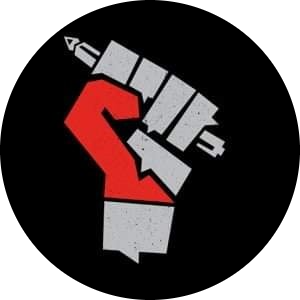Debojit Banerjee
In 1945, just after World War II ended, the police opened fire upon protesters gathered to protest the incarceration and trial of three Indian National Army (INA) officers who were facing unjust trial at the hands of the British government. The impact of this event spread through other parts of India and led to a movement of students. More protests were held in Calcutta, Bombay and Lahore. It is stated to be one of the biggest and impactful student uprisings in the history of subcontinent.
A rudimentary understanding of Indian history would make it clear that the revolutionaries of undivided India would have never, even in their wildest imaginations, anticipated that the country they were fighting for would be divided in the name of religion. Although the two-nation theory was already introduced in 1937, very few actually responded to it.
In 1947, the world had seen two self-governing nations – India and Pakistan – coming abruptly and roughly into existence at midnight. The two nations, now separated by borders etched through the common centuries-old geographical configurations, share a lot of cultural similarities.
The two nations also resemble each other in terms of widespread massive corruption, deep social inequalities and communal hatred. Given the current political realities, it wouldn’t be wrong to say that both nations seem to be competing against each other in bigotry and persecution of minorities. The governments in both countries are churning out exclusionary and majoritarian narratives to further their political interests.
India faces both religious and caste-based crimes. Rohit Vemula, a student at Hyderbad Central University, took his own life after being repeatedly subjected to harassment and bullying. His crime was that he belonged to a lower caste. Till this date, education can only be afforded by those who can pay hefty amounts for it and happen to belong to higher social strata.
Since the independence, the capitalist systems in both the countries have instrumentalised religion or caste to divide people for their political ends. To keep people from uniting, both states have set in place huge apparatuses that repress any opposition. Both states have relied on manufacturing artificial nationalist identity to counter demands of alternative systems.
It has already been established that the only forces that have been demanding substantial social and economic independence with political rights are communists and leftists. We have consumed every other option in our long journey of 73 years. The first step is to unite beyond borders and seek universalist emancipatory justice.
The borders cannot separate our goals and dreams. The fight will continue until it is achieved.
The Students’ Herald News Desk focuses on reporting the latest news regarding student politics and campus updates to you.
The News Desk can be reached at admin@thestudentsherald.com




